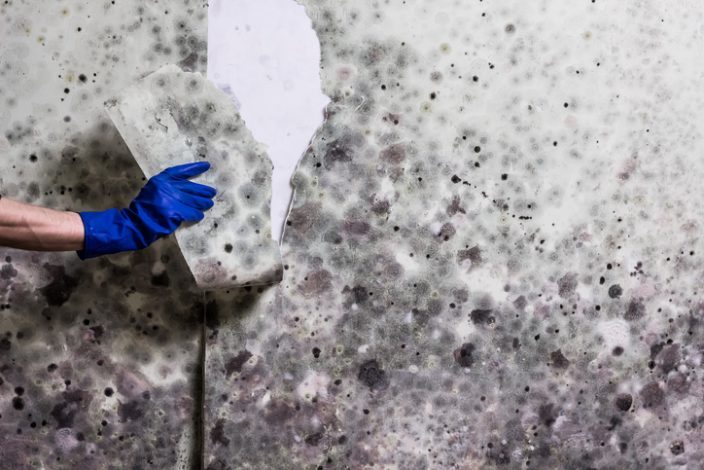Making Sure Post Remediation Verification Accuracy
Making Sure Post Remediation Verification Accuracy
Blog Article
Your Ultimate Guide to Post Mold And Mildew Remediation Strategies
In the aftermath of mold infestation, understanding just how to effectively remove the mold and mildew and avoid its reoccurrence is extremely important for preserving a healthy and balanced interior setting. From choosing the ideal cleansing and disinfecting approaches to implementing approaches for long-lasting mold prevention, each action in the remediation trip plays a vital role in making certain an effective end result.
Understanding Post-Mold Removal Refine
After completing the mold remediation process, it is vital to comprehend the post-mold removal strategies that are needed to make sure a complete and effective clean-up. Once the mold has actually been gotten rid of, the next step includes cleansing and sanitizing the affected areas to avoid any type of regrowth of mold and mildew.
Furthermore, carrying out a final evaluation post-remediation is crucial to make sure that all mold and mildew has been efficiently eradicated. If the examination discloses any lingering mold, additional remediation may be necessary.
Reliable Cleansing and Decontaminating Methods

Preventing Future Mold And Mildew Growth

Relevance of Appropriate Ventilation
Proper ventilation plays a critical duty in preventing moisture buildup, a key variable in mold and mildew growth within interior settings. Reliable air flow systems help eliminate excess moisture from the air, reducing the chances of mold and mildew spores locating the wetness they require to spread and germinate. Without adequate air flow, indoor spaces can come to be a breeding ground for mold and mildew, leading to prospective health and wellness dangers and structural damages.
By ensuring appropriate air blood circulation, air flow systems can likewise assist in drying out wet locations much more promptly after water damage or flooding events, better discouraging mold and mildew development. Post Mold Remediation Report. Precede like washrooms, attics, cooking areas, and cellars where wetness levels often tend to be higher, mounting click reference and maintaining efficient air flow systems is vital in stopping mold and mildew infestations

Surveillance and Maintenance Tips
Given the vital duty that correct air flow plays in stopping mold and mildew growth, it is crucial to develop efficient tracking and upkeep ideas to make certain the continued performance of air flow systems. Regular assessments of air flow systems should be conducted to look for any indicators of obstructions, leaks, or breakdowns that might hinder correct airflow. Surveillance moisture degrees within the home is additionally vital, as high humidity can add to mold growth. Installing a hygrometer can help track moisture degrees and alert homeowners to any type of spikes that may call for focus. In addition, making certain that air filters are regularly cleaned or replaced is vital for preserving the efficiency of the ventilation system. Applying a timetable for regular maintenance tasks, such as duct cleansing and HVAC system inspections, can help protect against problems prior to they rise. By remaining blog here mindful and proactive to the problem of air flow systems, homeowner can successfully minimize the danger of mold and mildew regrowth and maintain a healthy indoor environment.
Verdict
To conclude, post-mold remediation methods are essential for guaranteeing a safe and clean setting. Understanding the process, applying effective cleaning and disinfecting approaches, protecting against future mold and mildew growth, maintaining proper air flow, and normal surveillance are all critical steps in the removal procedure. By complying with these standards, you can efficiently eliminate mold and prevent its return, advertising a healthy living or working area for all occupants.
In the after-effects of mold problem, recognizing just how to efficiently remove the mold and mildew and avoid its reoccurrence is vital for keeping a healthy and balanced interior atmosphere. When the mold and mildew has been eliminated, the following step entails cleaning and sanitizing the impacted areas to protect against any kind of regrowth of mold - testing air quality after mold remediation. After eliminating noticeable mold and mildew development, it is essential to clean up all surfaces in navigate here the afflicted area to remove any type of staying mold spores. To even more boost mold and mildew prevention procedures, it is essential to resolve underlying issues that at first led to mold and mildew growth.Offered the crucial function that appropriate air flow plays in stopping mold development, it is necessary to develop reliable tracking and maintenance suggestions to ensure the ongoing functionality of air flow systems
Report this page